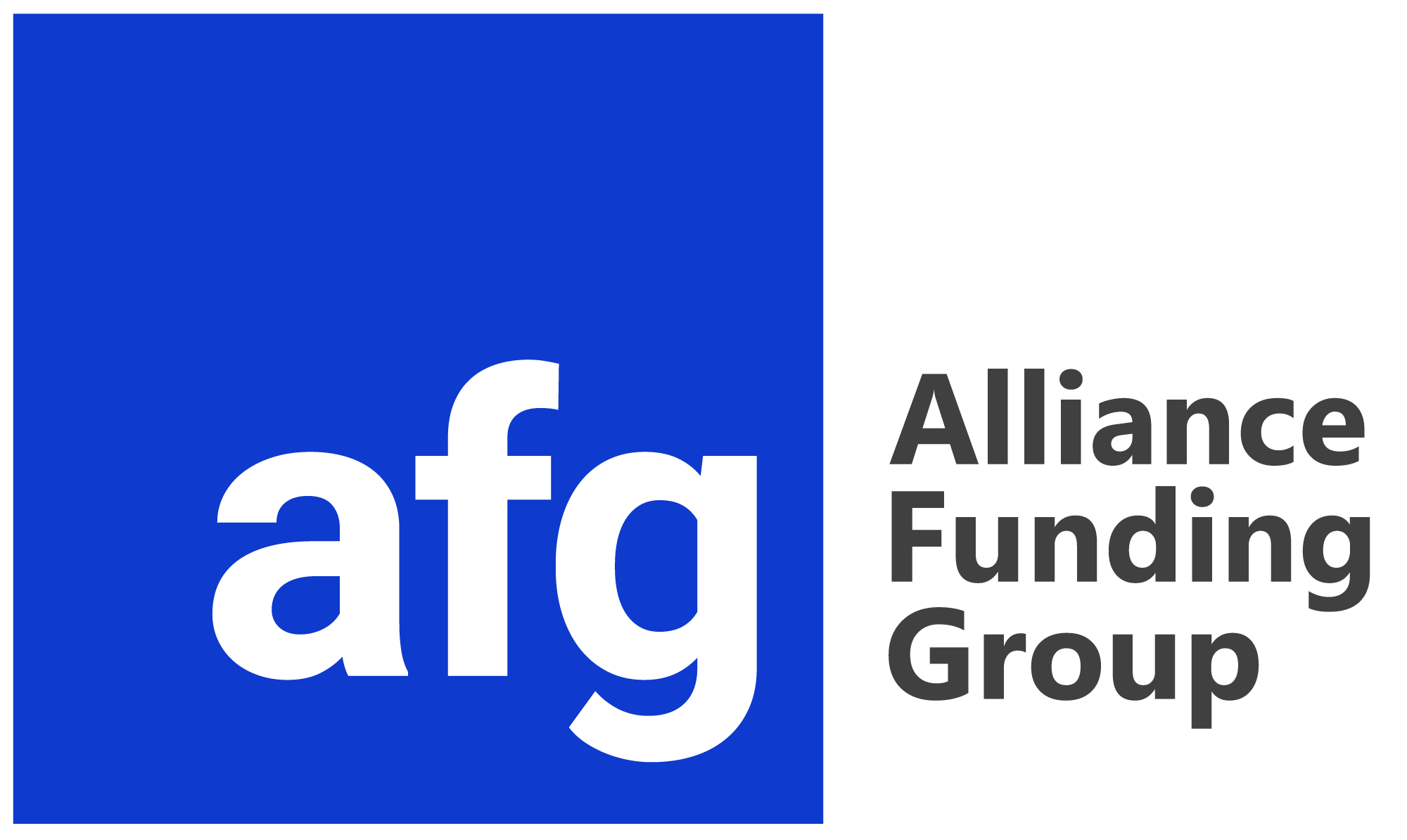Most companies out there strive for growth. And while growing demand is vital for a business, capturing it takes the right operational capacity. The output of a typical business often comes down to two essential elements: talent and equipment. Every year, equipment manufacturers invest heavily in research & development to bring better, more efficient models to the market. And the end consumers of such equipment require timely upgrades to beat the competition.
AFG powers leasing for 100+ equipment vendors, dealers and OEMs. Why do they choose to offer an integrated leasing experience for their customers? Because equipment leasing enables better business opportunities for both the vendor and the customer.
Why do equipment dealers offer leasing solutions?
- Close larger sales
Including a leasing solution into a deal makes it easier for the customer to come up with funds and budget for payments. That speeds up your pipeline, improves customer experience and allows your customers to start profiting from the newly purchased equipment faster. - Control your pipeline
Unlike banks, private lenders are more agile in creating solutions, designed specifically for your ideal customer. AFG offers transparent deal tracking, reducing friction for both your sales team and your customers. - Increase your customers’ purchasing power
A leasing agreement opens up an opportunity for choosing flexible terms and payments. You can close larger sales, while the customer gets to operate top choice equipment. - Offer convenience
Customers expect a quick and smooth buying process. An integrated equipment leasing solution makes you a one-stop-shop equipment supplier. Credit review takes hours instead of weeks. Sometimes, a one-page application is enough for credit approval. - Improve retention
Business owners who lease their equipment are more likely to come back for add-ons, trade-ups, and new equipment acquisitions. Paired with a custom-tailored plan, customers will come back to you for more.
AFG has been working with equipment vendors, dealers and original equipment manufacturers of all sizes since 1998. We have tenured leasing agents and a management team with 100+ years of combined experience in the space.
We also work with vendors to supplement their existing leasing partners, helping them close the gaps for a variety of customer profiles.



